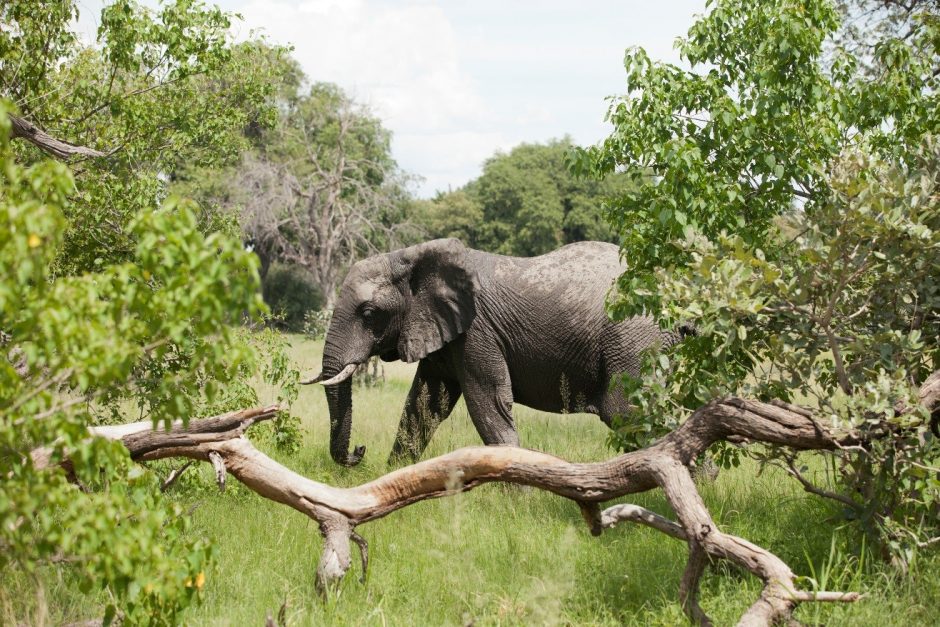
What’s in the Camera Bag? Botswana Safari
Botswana is no doubt one of the world’s premier photographic safari destinations. While the wildlife reins supreme, the landscape is equally stunning and photogenic. Whether you’re headed there soon or it’s on your list for the near future, take a look at the recommendations here to be sure you’re equipped and ready for the wildlife photography adventure of a lifetime.
Please note, photographic styles vary, as do conditions on the ground. While this is meant to be a guide for choosing your camera gear, you should consider your own photographic interests first and foremost.
Click the video below for a full dive into my choice camera gear for a Botswana Photo Safari
Botswana Photo Safari Camera Gear Packing Video
Prefer to read about it? We’ve got you covered…
Ultra-wide Angle vs. Wide Angle?
In short, you could likely go with either and be happy. But, there are some important considerations…some obvious, and some not so obvious.
You’ll no doubt want something you can photograph travel with, whether that be a shot of your vehicle, positioned and ready each morning prior to going out on your wildlife drive, or perhaps a photo of the view you have behind your exquisite safari tent. But you’ll also want a lens to photograph a stunning sunrise or to take a photo of just how close those lions were to your vehicle. These things occur at quite a range of focal lengths. And if you want to shoot inside your tent or your vehicle, you’re really going to need an ultra-wide angle.
To simplify the decision, the big question is whether will you have something in and around the 100mm range. For example, if you bring something in the ultra-wide range, like a 14-24mm or 16-35mm, and then your next lens is a 200-400mm, you’re missing an important range. Or, if you plan to bring only your 300mm prime lens, plus whichever one of these you decide on, you might want to bring an additional lens in the 70-200mm range. More on that in a bit…
My personal go-to is both a 17-40mm and a 24-105mm, as the extra 17-24mm range can yield very interesting photos, while the 105mm extent of the general wide angle is excellent for compressed landscape shots, as well as sunrises and sunsets.
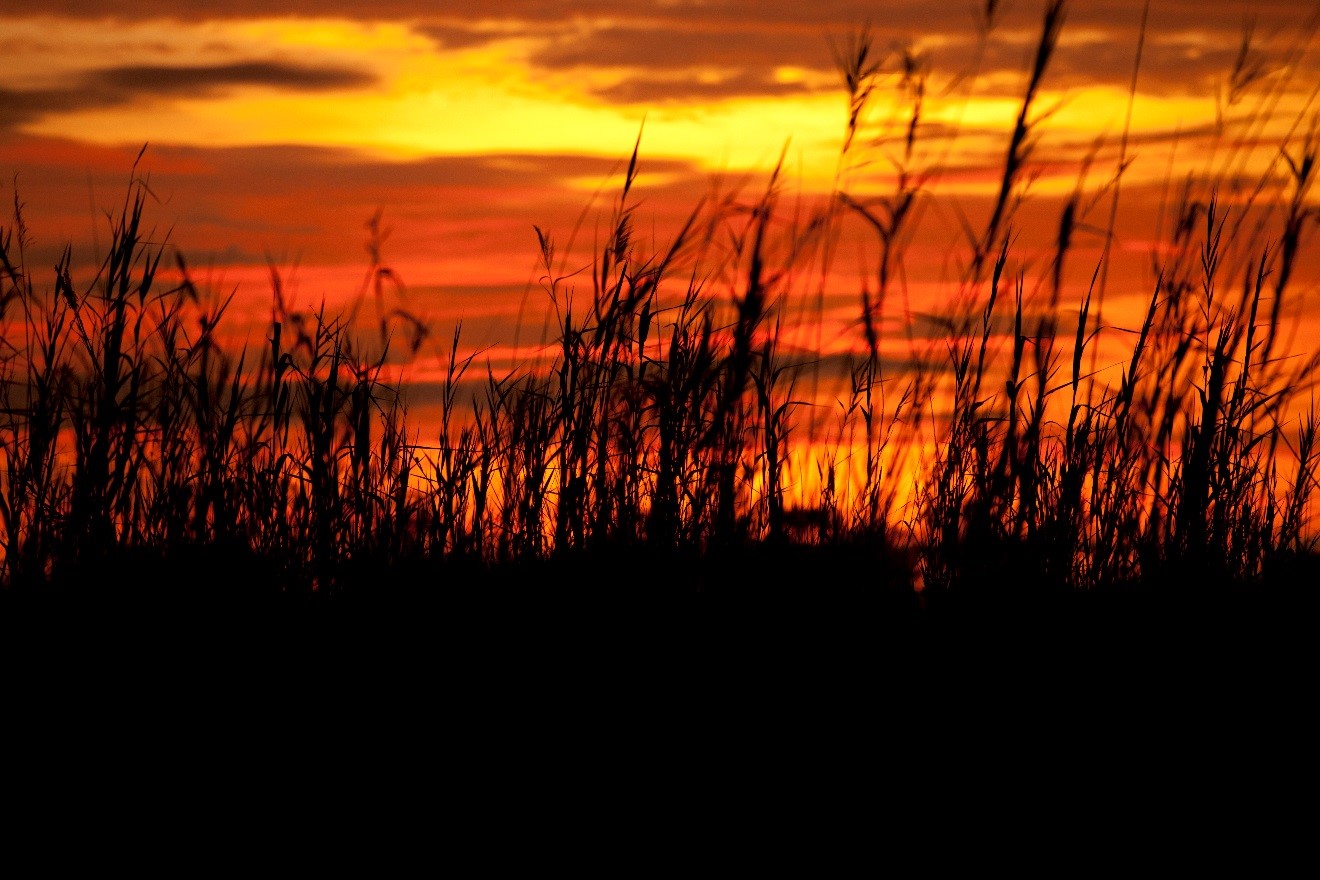
Zoom Telephoto
This is going to be one of your primary workhorses of the trip. So much so that you might want to bring more than one in this lens category, especially if you plan to bring a second camera body (more on that later). Lenses I’m speaking of here are the 70-200mm, 70-300mm and more multi-purpose 80-400mm and 100-400mm lenses. While your 70-200mm lenses are excellent, primarily because they often have a maximum aperture of f/2.8, which is dreamy, they just don’t have enough reach to be your only zoom telephoto, unless you’re planning on bringing a larger super telephoto like a fixed 400mm or 500mm lens.
If you also plan on bringing something like an 80-400mm or 100-400mm, the 70-200mm lens can still be quite useful, primarily for the extreme shallow depth of field possible with the f/2.8, or for when wildlife is closer and you want to get the best shot you can (as we know, 70-200mm lenses are some of the sharpest out there).
But as I was saying, 200mm is just not enough for all your wildlife shots. For the rest, you’ll really need to be in the 400mm range. Now, if you have a crop-frame sensor (read more on that here), a 300mm lens can be enough (i.e., 70-300mm), as it really turns into a 450mm or greater on crop-sensor cameras. However, if you’re shooting full frame, you really need to have something in the 400mm range. As I said, this can be accomplished by having a zoom telephoto, like an 80-400mm or 100-400mm, but some folks wish to instead bring a super telephoto, which we’ll chat about next.
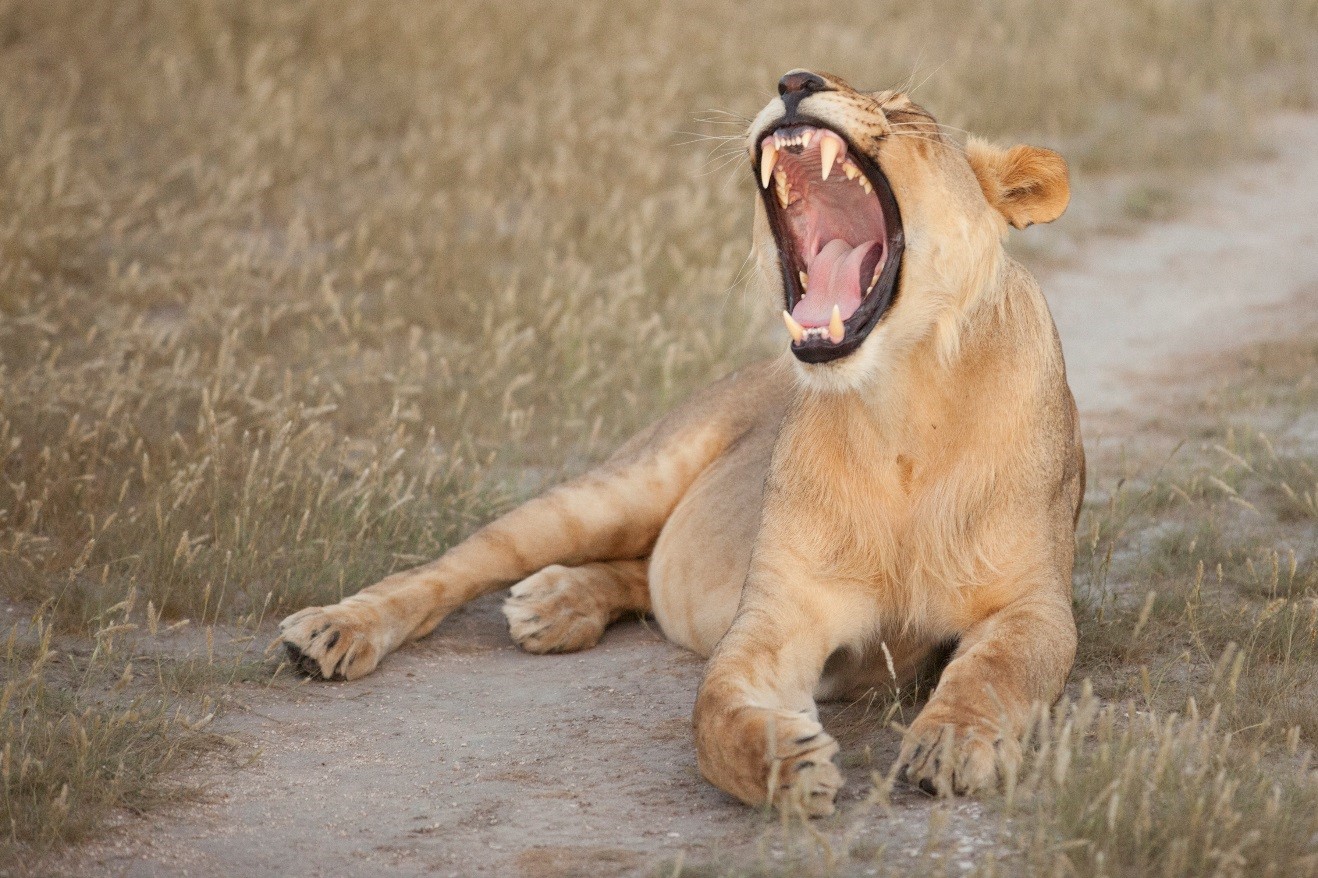
Super Telephotos
These lenses were designed for wildlife safaris. But, they’re big, heavy and oftentimes rather expensive. The lenses I’m talking about here are your 300mm, 400mm and 500mm fixed or “prime” lenses. If you own or plan to rent one of these lenses, you should know what you’re getting yourself into: Extreme sharpness on photos, oftentimes amazing apertures, but difficult to lug around and somewhat limited because of their fixed focal lengths. If you choose to go the route of a fixed super telephoto, you will need to give more thought to your choices in the wider end of the spectrum so that you’re not stuck just photographing elephant eyelashes all day when wildlife comes close.
One option I’ve seen work well over the years is a 300mm f/2.8 + 2x tele extender. You get the amazing depth of field of the f/2.8 at 300mm, with the flexibility to shoot at both 300mm and 600mm, all while being very sharp. Now, of course, you’re shooting at f/5.6 at 600mm, but this is still very good. Mix this with a good multipurpose wide angle and you’re good to go.
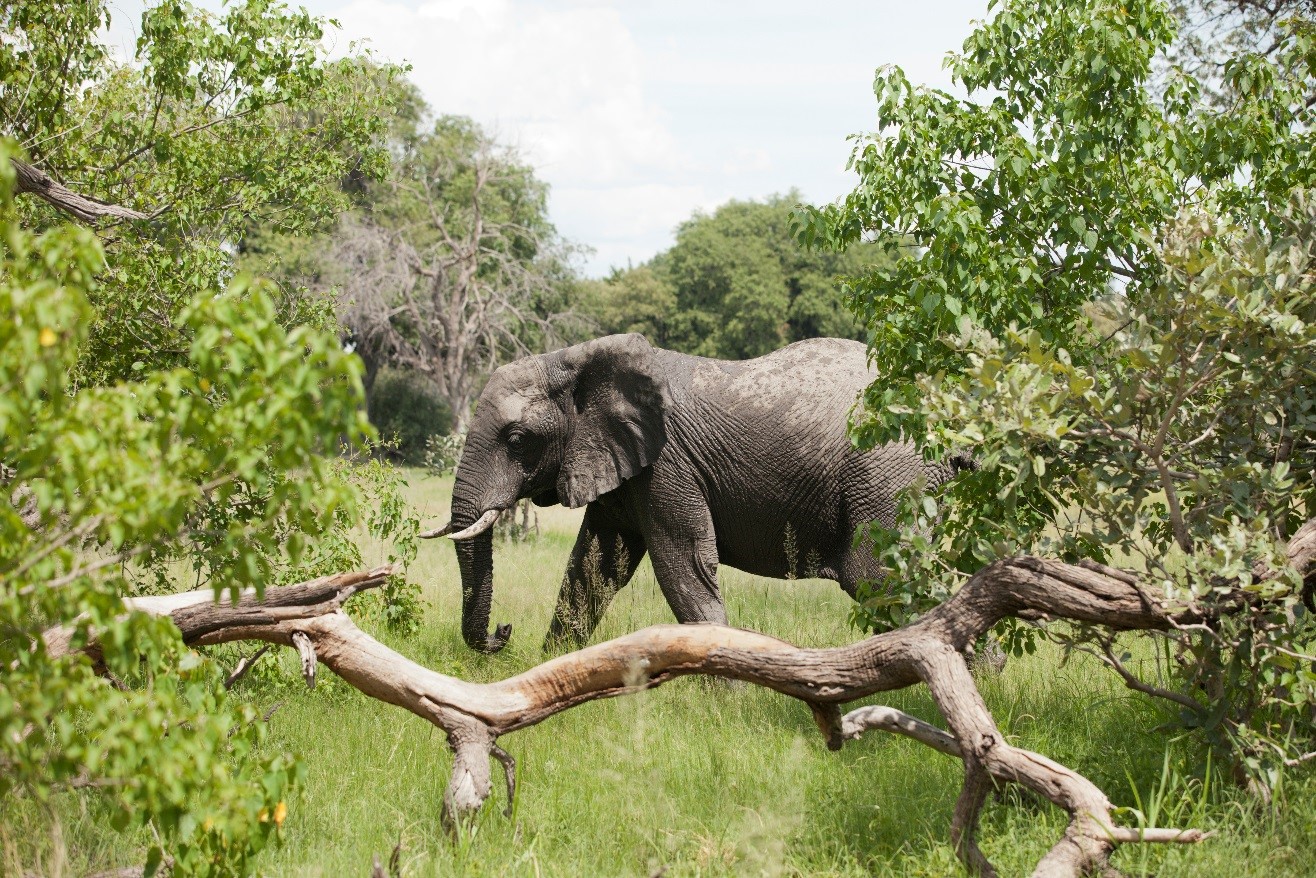
Batteries and Other Accessories
Fortunately, there isn’t much more you’ll need on a Botswana photo safari other than a couple extra batteries and plenty of memory. Extra batteries come in handy when you might need to go a full day without a recharge, or if recharging stations are in the main part of the camp and you forget to plug stuff in before going to bed one night.
Memory is crucial, and you’ll need lots of it—plan on shooting 500+ photos a day, and potentially many more if you’re trigger happy and/or often shoot on “burst mode.”
Extra Camera Body
I have to be careful with this one, as it can intimidate people who weren’t planning to bring a second camera body. Let me stress that it isn’t essential, but it can be helpful if you’re an avid photographer. And it can be especially helpful if you have a wide array of specialty lenses. Botswana, like all safari destinations, can have dust in the air, so you will want to minimize the amount of lens-changing you do while bumping around in the vehicles. Thus, having one body assigned to a zoom telephoto or super telephoto with a second body assigned to your wide-angle end of the spectrum will yield amazing results, as you can switch between frequently without losing time changing lenses.

Tripods and Stabilization?
I get this question a lot, as places like B&H and others have lots of fancy gadgets for stabilization that affix to the car door, railing, roof rack, steering wheel—you name it! To me, they are all cumbersome, and many don’t work universally. When shooting hand-held, which is really the No. 1 way to go while on safari, you don’t have to worry about stabilization, as you’ll be able to shoot at fast enough shutter speeds in the oftentimes wonderful light available.
However, folks who have large lenses or those who just can’t quite hand hold for the entire day may wish to bring a small monopod as a way of being able to rest the camera on the seat cushion between shots (or during shots if tracking an animal in their camera). It gets quite cumbersome if trying to brace the monopod on the floor, but a short or collapsible one just long enough to brace it on your seat does work quite well. But again, the best practice is to try and be hand held for as much of the time as possible.
If you have any tips from your Botswana safaris, please do leave a comment below!
Go forward and give it a shot,

Court
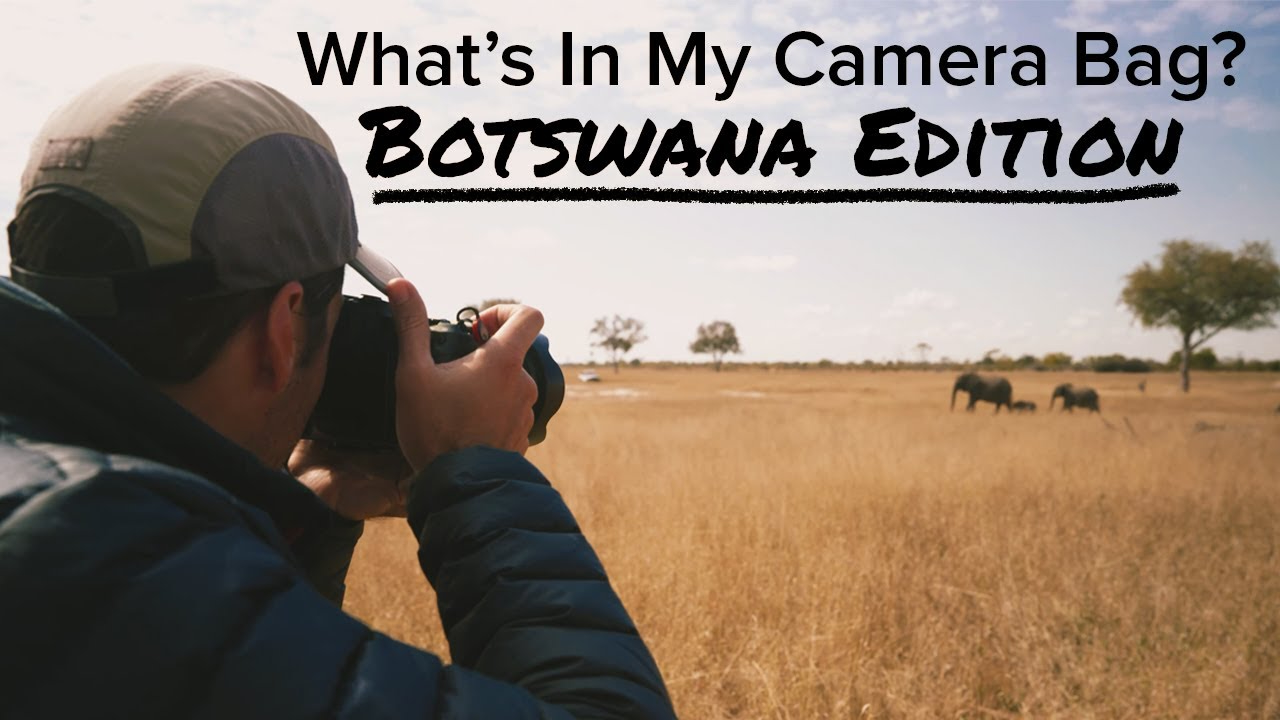
Leave a reply